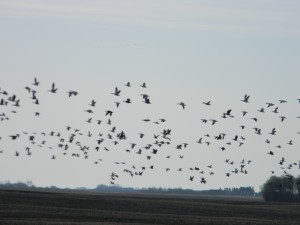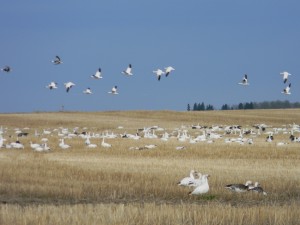We’ve all spent months doing that bio for our protagonists, outlining every event, every trauma, every banana, and dang it, we’re gonna use it. The problem comes when we shove it down our readers throats in the first few pages. I’m talking about the dreaded info-dump, my friends, and it’s death to any good novel.
Let’s face it, nobody cares about why the protagonist now hates banana’s when he used to love them so well. At least, not when we’re first getting to know him. Even if it’s the crux of the climax, until we care about the character, all it does is bore the reader into a stupor.
So, how do we get the reader to care about bananas? Well, that’s easy-we become really good teases.
My current favorite in this technique is Harry Connolly’s Child of Fire, the first novel in the Twenty Palaces series. Connolly successfully uses the protagonist’s backstory to help us empathize with the characters without slowing the story down one iota.
On the first page, he starts to show us how he’s going to handle backstory by first introducing the two characters we’ll be spending the most time with, the protagonist Ray Lilly and his boss, Annalise. Connolly tells us in the fourth paragraph that Annalise wants to kill Ray, but has been forbidden not to.
And then, what does Connolly do?
He changes the subject.
No waxing rhapsodic on how Ray, the viewpoint character, feels about Annalise’s desire to see him dead. No explanation on why she wants him dead, or who forbade her to kill him. Instead of explanations, Connolly shows us how bad Ray’s relationship with Annalise is. She’s openly hostile. Connolly purposefully hits us with something interesting, and then backs off.
Such a tease. But a good one. It’s subtle enough to keep us interested without taking our complete focus because we’re very quickly ushered into a scene of Ray and Annalise in action.
What Connolly does here is let us get to know Ray in the best way possible, by putting him in the hot seat. On the road, Ray tries to save a child from a nasty spell and fails. Ray’s reaction gets us on his side pretty fast. He’s sickened and angry. Honestly, if there’s anything that gets a to reader empathize with a character, it’s having the character feel bad about something horrible happening to children and pets.
Suddenly, we’re like, “What’s wrong with Annalise that she hates this guy? He likes kids, so he must be a good guy.”
But, in the second chapter that Connolly starts giving us the skinny. Ray’s a career criminal.
Again, Connolly doesn’t give us much beyond a short trip through Ray’s criminal history. We get only a hint that something happened last year that made Annalise his enemy. Then, we’re back to the present moment, breaking into the house of the family they just encountered. Before we can start wondering about Ray, we’re sucked into the mystery of what happened to the dead child. Again, Ray’s empathy keeps us firmly on Ray’s side so that when we learn the truth-that Annalise has a very good reason for hating Ray-we’re not totally lost to him.
Connolly fantastically teases out the backstory, never stoping the action. The technique he sets up at the beginning, of giving us a little information and then going on to a scene of the protagonist in action, continues to the very end of the novel. We’re never bored by long explanations or confused by flashbacks that put so much emphasis on the backstory that it crowds the present story out. Every time he brings it up, we learn something small but new. And better yet, Connolly manages to link each bit of backstory to what’s happening in the present, so that we’re never popped out of the moment, which is a huge problem when you’re trying to get in important backstory.
Sure, it would be easier to just plop down that backstory and get it out of the way, and when handled poorly, the tease can get terribly irritating. The key, I think, is to always give an answer. Never the whole answer, but an answer none-the-less, so that the reader feels as if he or she is getting somewhere rather than being led off to nowhere in confusion.
So, when you’ve got that juicy bit of backstory that is so terribly important that it absolutely has to be in your novel, don’t forget that you’ve got an entire book to fill. Think about how you can become a better tease.



